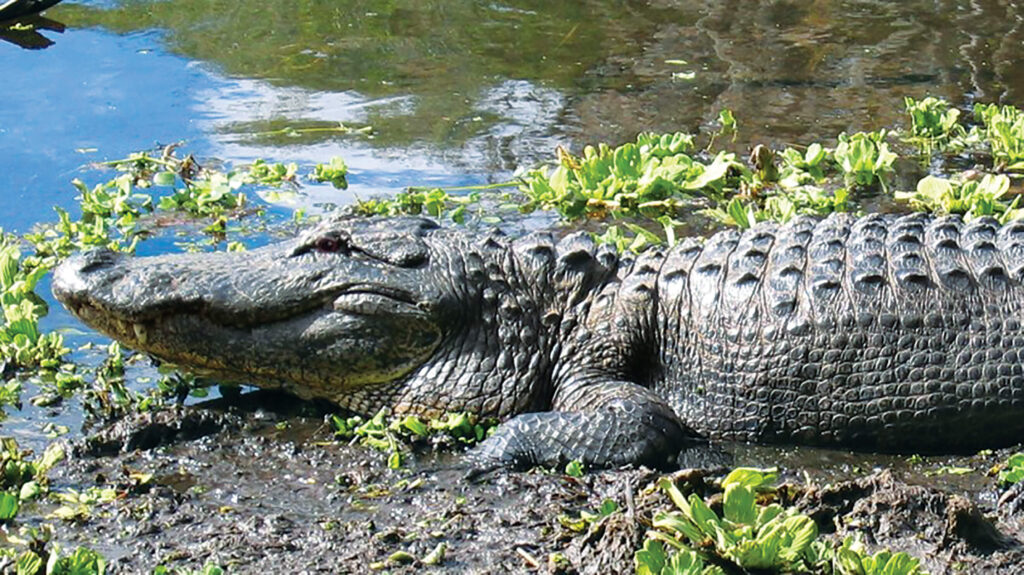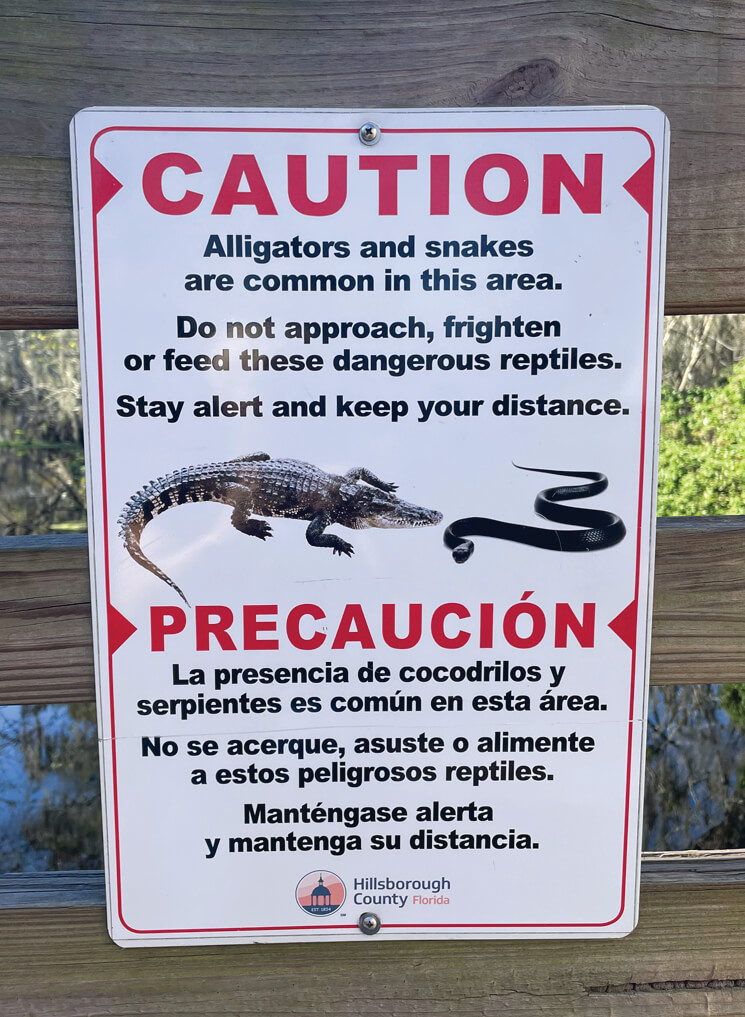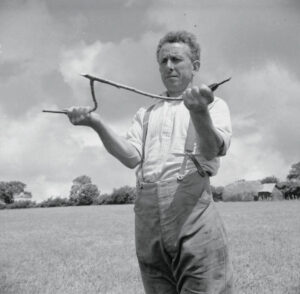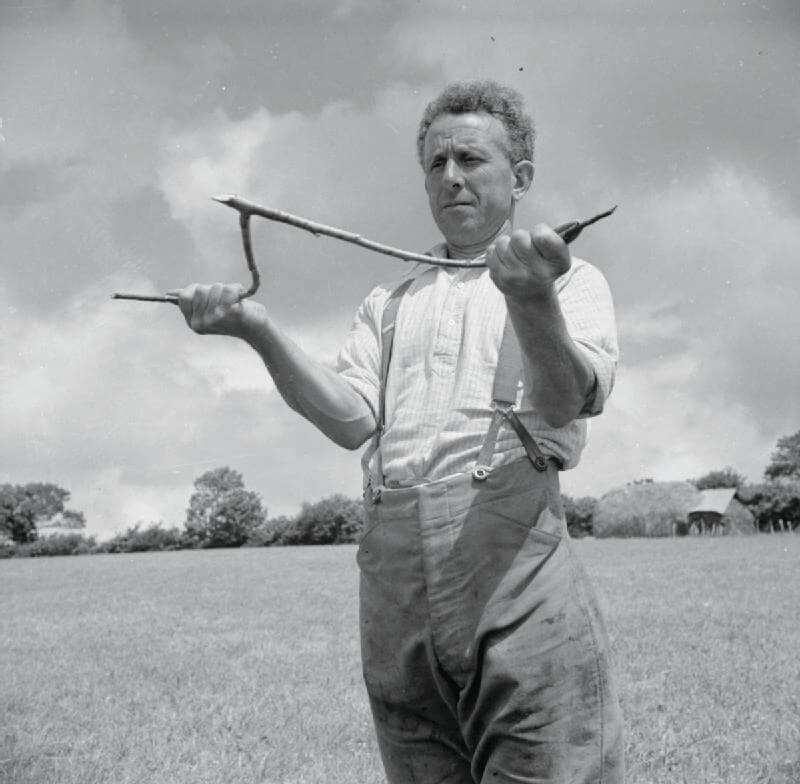
By BLANCHE HARDY, PG
Hillsborough County has issued The Art of Alligator Spotting — What you need to know to spot gators safely and successfully.
They list many activities available in Hillsborough parks, such as hiking, kayaking, or horseback riding, and opine that none compare to the thrill and excitement of gator spotting.
Alligators can reach 1,000 pounds and grow to 15 feet long.
Don’t be fooled.
According to the county, even a reptile of this size can be easily missed because alligators are stealthy. They blend in with their natural habitat and may be submerged in water or mud. And they look like the logs they frequently sun upon.
The reader is alerted that spotting alligators takes ‘solid spy skills’ and patience . . . lots of patience as gators are relatively shy despite their representation in popular culture, movies, and such. They dwell in and around slow-moving freshwater. Alligators may occupy lakes, ponds, rivers, swamps, and even water retention basins.
Gator spotting requires a bit of caution. It is important to steer clear of them: avoid interaction or don’t interfere with them.
Gators are active during dawn and dusk. In fact, Hillsborough parks are closed at those times so chances are you won’t encounter an alligator searching for breakfast or dinner during regular park hours.
The county reiterates the point, instructing potential gator hunters with regards to Rule No. 1 — keep your distance.
According to Hillsborough parks, it is best to maintain a distance of at least 60 feet from any gator.
Gators are fast!

An alligator can exit the water at greater than 30mph, a fact to keep in mind when walking along the water’s edge, especially with pets.
Don’t bring pets along when gator spotting. Remember, they are stealthy and may be submerged.
As with all wildlife, never approach or touch juveniles.
Momma will not be at all understanding nor amused. Alligators are territorial and will attack humans, or pets, perceived to be invading their territory. It is especially important to avoid gator territory during their mating season, May through June.
Do not feed the gators. It is illegal to feed or interfere with alligators in Florida and the fines, and jail time, are stiff if prosecuted.
Feeding wildlife can cause wild animals to identify humans with food and encourage them to approach people for easy snacks (double entendre).
This rarely works out well for the wildlife. Not everyone reacts to wildlife sensibly and a gator that has lost its fear of humans may respond aggressively.
Hillsborough County recommends Lettuce Lake Conservation Park for gator spotting. The park is part of the Hillsborough River floodplain and contains a hardwood swamp forest. This is excellent alligator habitat.
Often, alligators are easiest to spot when they are sunbathing or at the water’s edge. The park also has a cross swamp boardwalk trail and observation tower offering further opportunities for gator spotting.
Hillsborough parks shared a few interesting facts in their tutorial. If you see an alligator catching rays with its mouth open, do not be alarmed. Alligators cool themselves this way, since they cannot sweat or pant (like dogs).
Alligators lived among the dinosaurs and have survived on Earth for 150,000 years, including surviving the last mass extinction 65 million years ago.
Enjoy the access to these amazing, prehistoric creatures living among us today.
Happy (safe) gator spotting!●












































